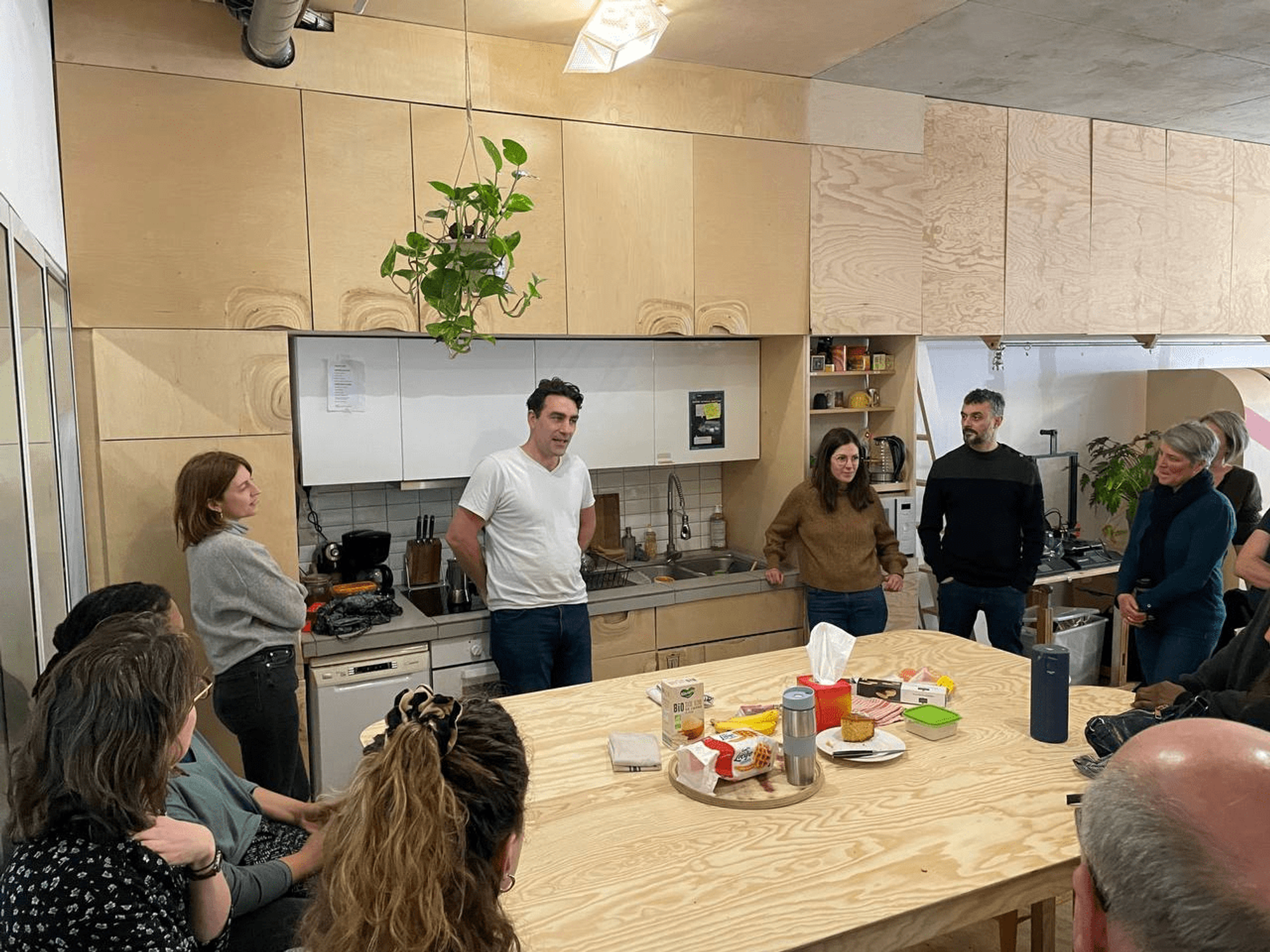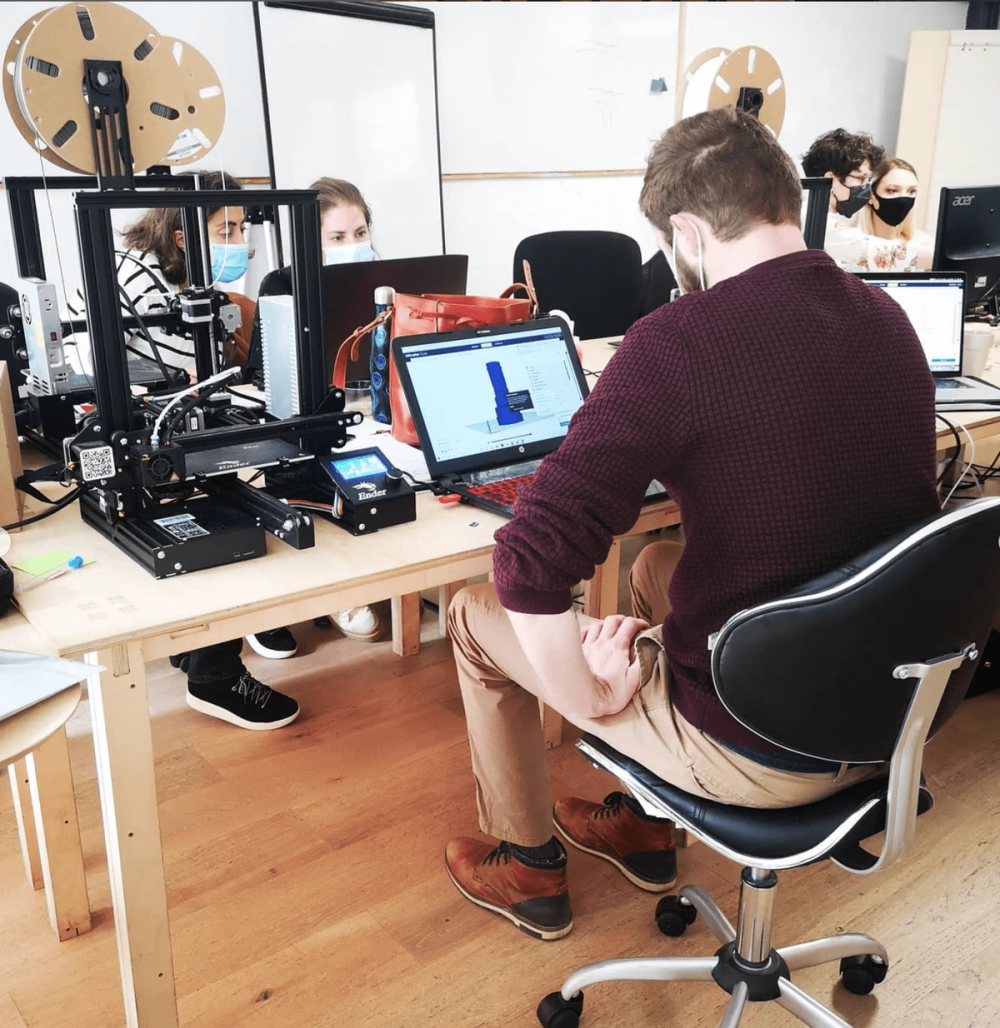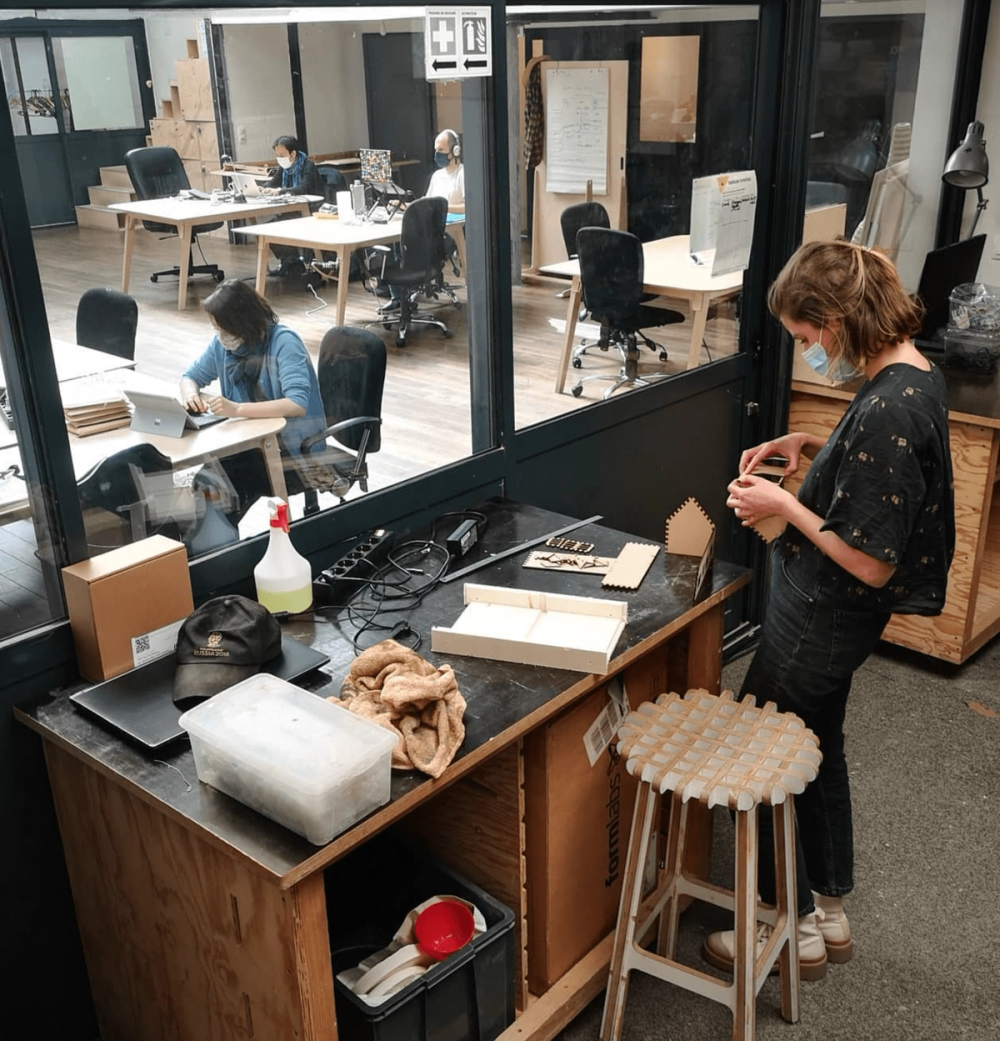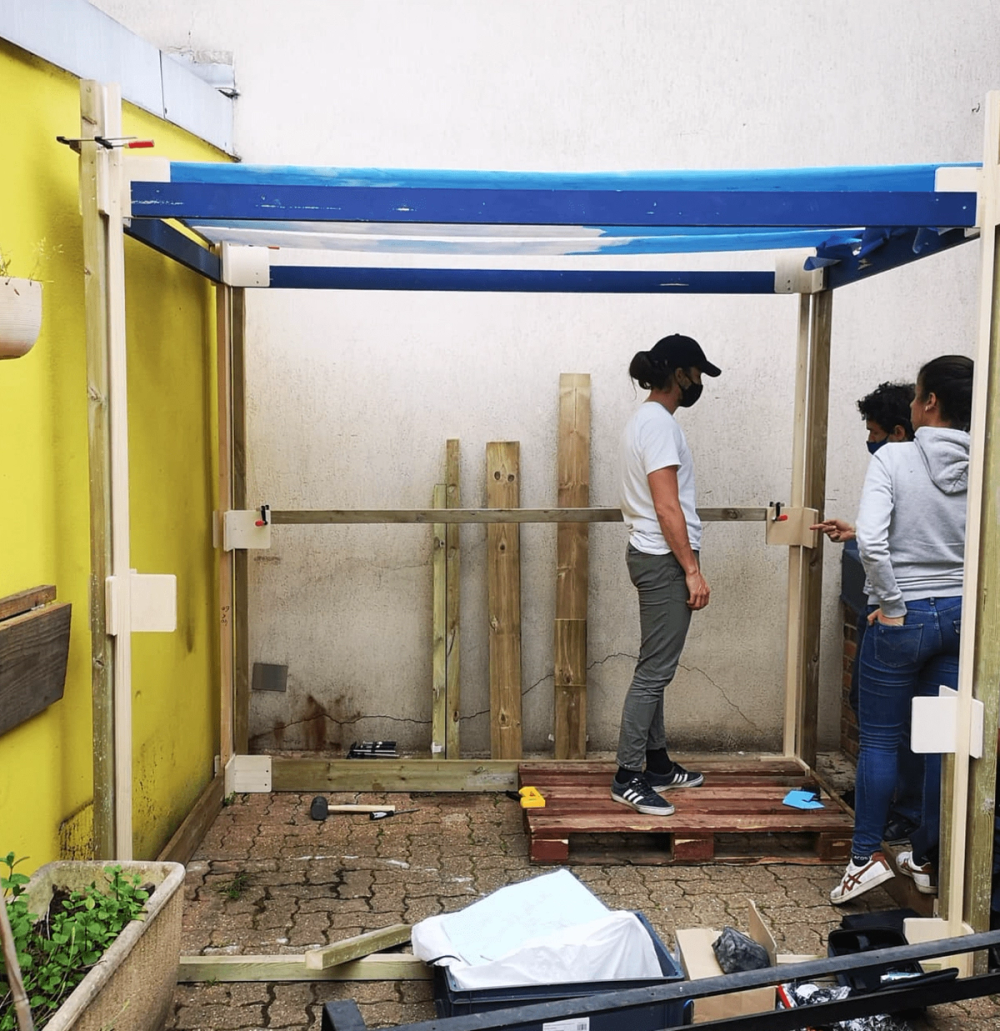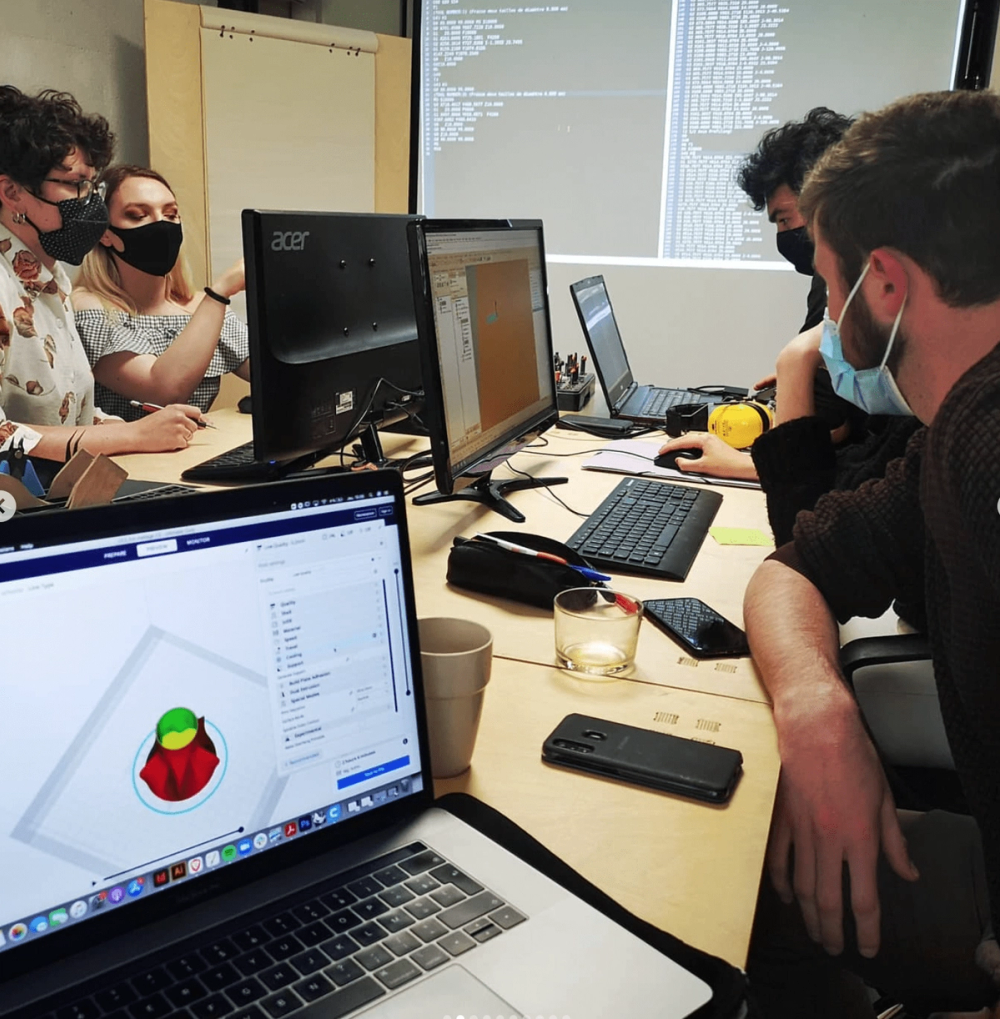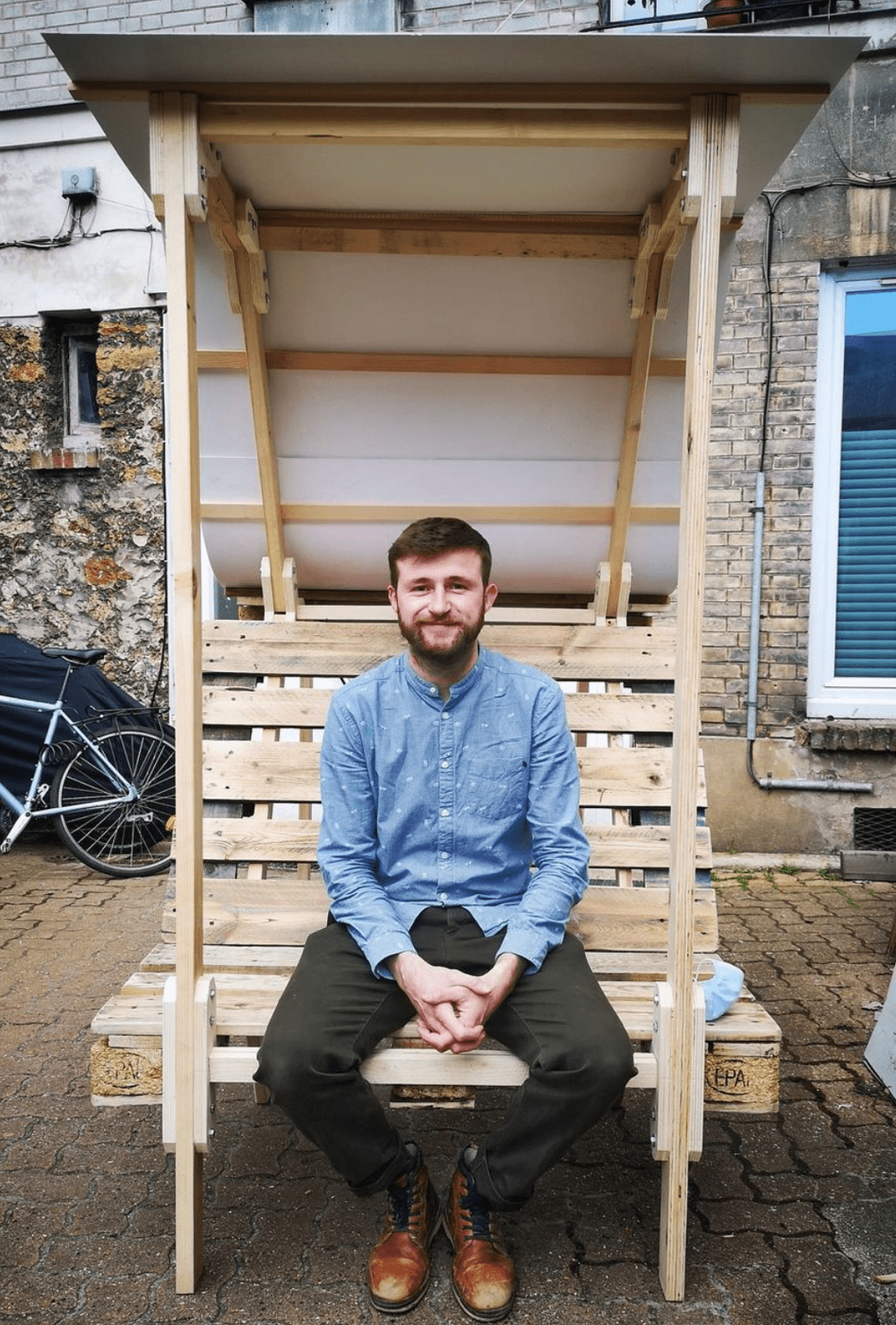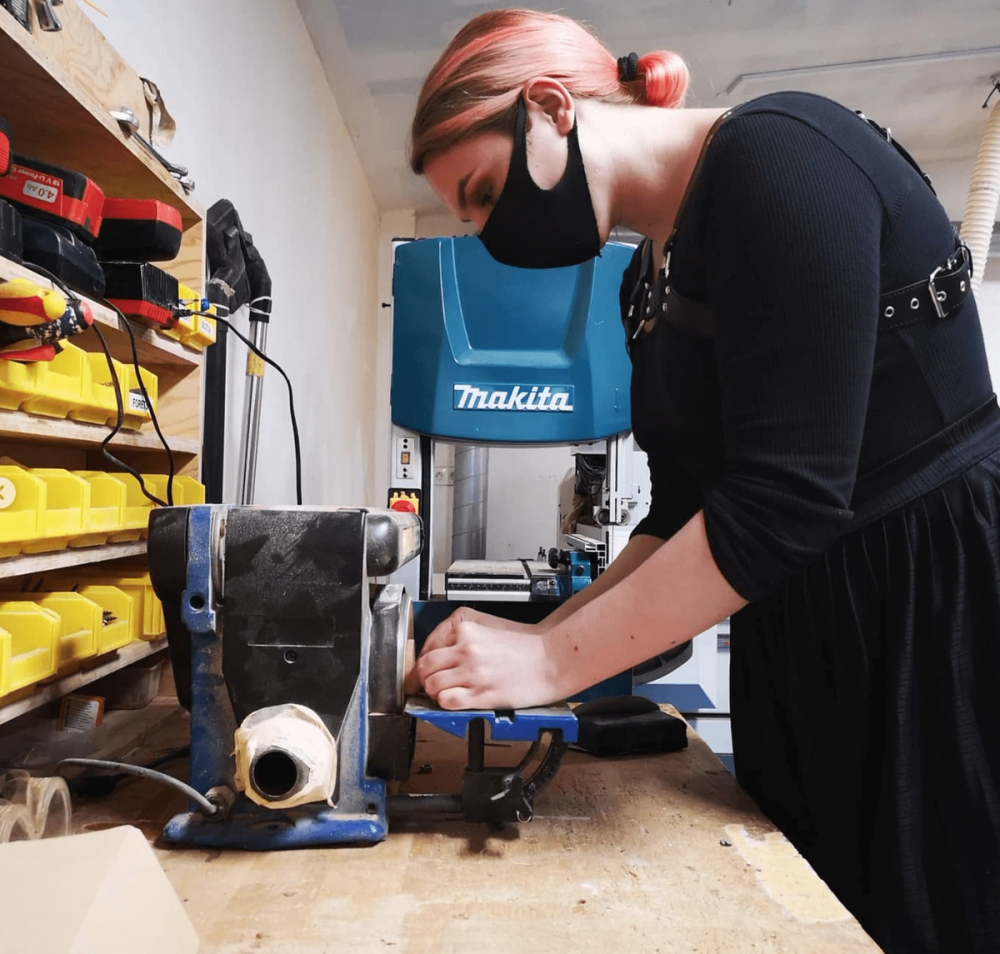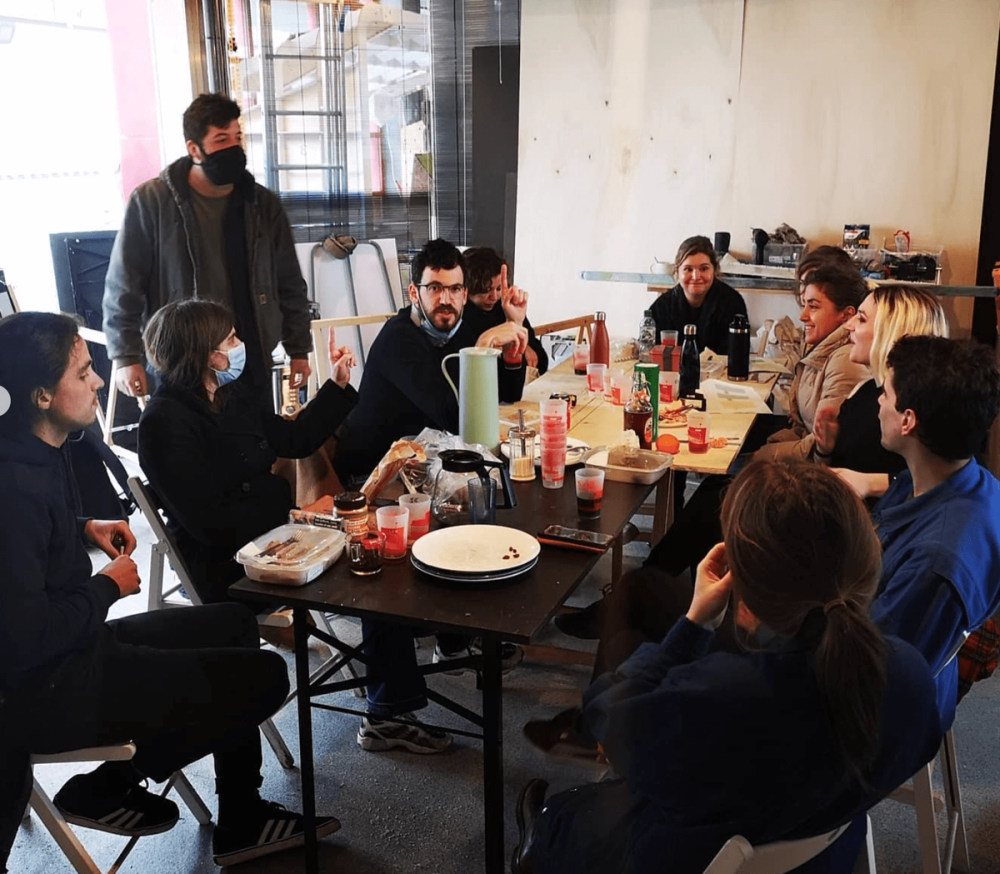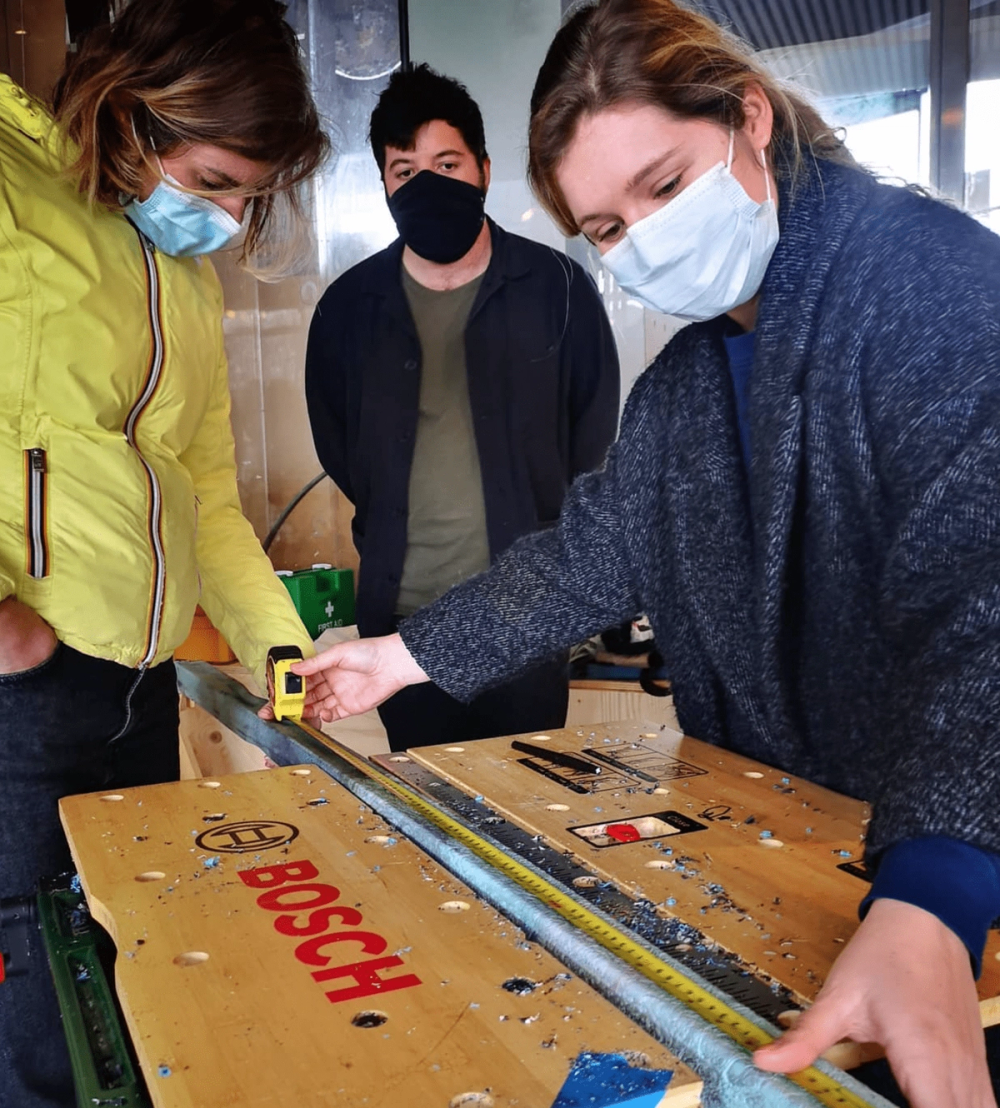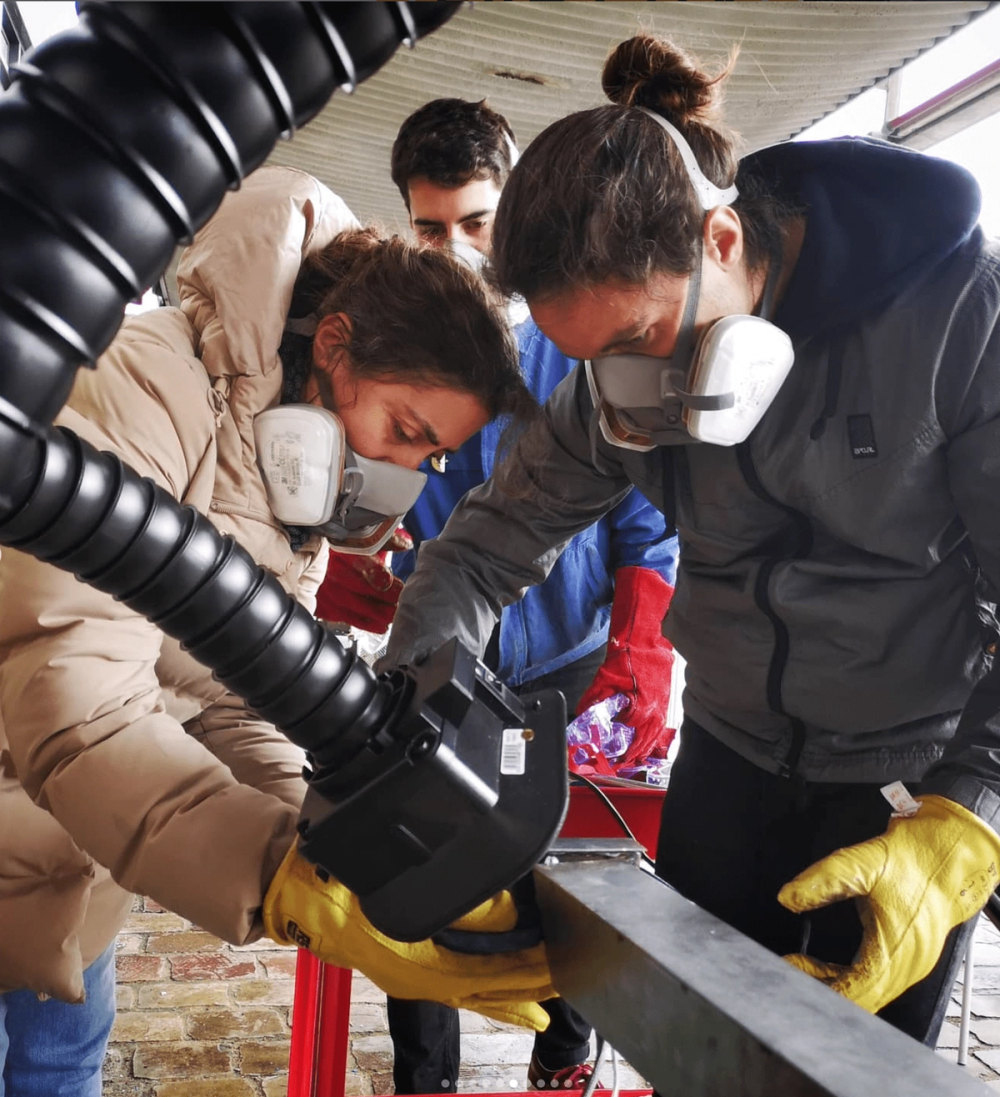1. How do you feel about taking part in Circular Making?
I am thrilled and honoured to be the coordinator of the Circular Making training program, which is both ambitious and innovative. The program's goal is to transform unemployed individuals, who are often seen as burdens from a productive standpoint, into active agents of change who contribute to more sustainable and collaborative cities. This next generation of artisans will acquire innovative skills such as parametric design, digital fabrication, and eco-design, as well as adopt collaborative practices and a circular mindset. They will contribute to reframing urban production as a virtuous practice by creating products and services that stem from collaborative, creative, and sustainable practices, rather than being exclusive, extractive, and consumeristic.
As the pedagogic coordinator, my role is to create a dynamic learning environment among actors and places, notably the Fab City Hub and other connected spaces, and foster interactions and future collaborations among participants, instructors, and local stakeholders.
2. How do you personally relate to the learning experience?
Regarding my personal connection to the program's learning outcomes, I have a background in architecture and urban studies, which has provided me with knowledge and experience in topics such as creativity, design, construction materials, and production. Additionally, over the past seven years, my research and practice have focused on exploring the interconnectedness between spaces, people, and production. This vocational training program is the concrete manifestation of how these three elements continuously interact and mutually transform each other, making me passionate about its goals and outcomes.
3. Why is it important to you to participate in this?
As a coordinator, my role is crucial in ensuring that everyone has facilitated access to resources, information, and that fruitful connections among people happen . However, it is not an easy task to ensure that everyone feels comfortable, and their needs are met, particularly since participants come from different backgrounds, cultures, and educational levels. Nonetheless, the diversity among participants is also an essential asset to the program, as it can contribute to rich and diverse perspectives and learning experiences. My challenge is to facilitate communication and collaboration among participants, instructors, and stakeholders while ensuring that everyone's needs and difficulties are heard and addressed. By doing so, I can create a safe and inclusive learning environment where everyone can learn, share, and hopefully find new interests and jobs.
4. For you, does this training programme rely on some kind of traditions, a History or an heritage that worth being preserved ?
France, and Paris in particular, are places that foster revolutionary ideas, especially related to creativity and innovation in design and craft. However, this is not merely about preserving existing traditions, histories, or heritage skills. The real added value of this program is that it aims to create bridges and fruitful interactions between knowledge and actors from the past and the techniques and challenges that will shape the future of our society. The program's goal is to foster a dynamic and inclusive learning environment that connects the dots between the past, present, and future, promoting a holistic and sustainable approach to design, craft and urban production. By doing so, the program seeks to contribute to the development of innovative, creative, and socially responsible artisans and designers who can contribute to the construction of sustainable cities.
5. How do you see the future of this initiative ?
In my view, we should continue organising future editions of this program, incorporating feedback from students, instructors, and local stakeholders to enhance its contents continually. Additionally, we should establish stronger collaborations with local actors, including artisans, traditional industries, research centers, and the municipality. With their participation and support, we can create a more comprehensive and integrated learning experience that aligns with the real-world challenges and opportunities of the local context . Moreover, we should strive to expand the program's reach by collaborating with other regions in France and cities in Europe ( starting with other cities of the Fab City Hub Network) to share and improve knowledge, experiences, and resources and foster a broader community of circular makers and designers.


